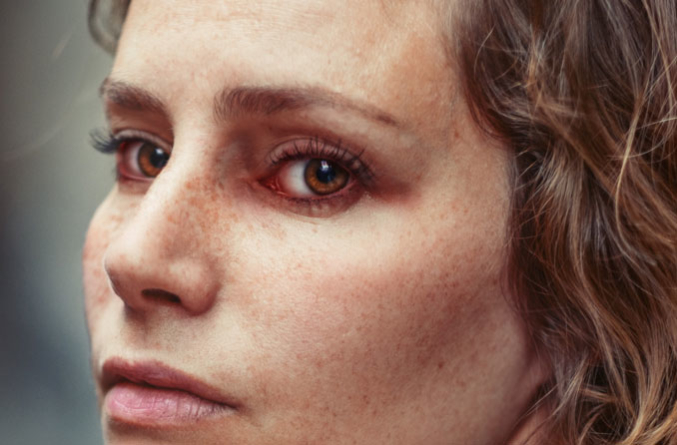What is Blepharitis?
Blepharitis is a common condition, causing inflammation of the eyelids. It is a chronic external eye disorder resulting in red, burning, and irritated eyes.
What causes blepharitis?
The cause of blepharitis is the inflammation of oil glands located behind the eyelashes. These oil glands are responsible for producing the outermost layer of tears. With blepharitis, the oils from these glands do not flow freely and the gland openings become plugged.
Left untreated, these glands can become irritated and possibly infected. Loss of eyelashes can occur as well as recurrent painful eyelid swelling or styes. As well, dandruff-like scales may be found at the base of the eyelashes.
Many patients complain of burning eyes and matted shut eyelids being worse after waking up. Blepharitis frequently occurs in people who have a tendency towards oily skin and dandruff. A small organism, called the Demodex mite, can also cause blepharitis. It can occur at any age.
Blepharitis and dry eyes often occur at the same time, causing confusion whether dry eye causes blepharitis or blepharitis causes dry eye.
This happens so often that some researchers and eye doctors now believe these two conditions may be part of a single chronic eye problem called dry eye blepharitis syndrome (DEBS).
According to supporters of this theory, dry eye is simply the late manifestation of blepharitis, and treating blepharitis also will prevent, reduce or eliminate dry eye symptoms. 1
Treatment
Since blepharitis is a chronic condition, there is no cure. While over-the-counter treatments for blepharitis are available, it is advisable you consult your optometrist if you experience these symptoms to diagnose the condition.
There are several ways to treat blepharitis and patients can manage it themselves. This includes:
• Cleaning away the crusty material around the lashes with warm compresses (a clean face cloth soaked in warm water). This helps keep the lashes clean and the oily component of tears flowing better if done at least twice a day.
• In the case of a Demodex infection, your optometrist may be able to apply special oils to reduce the number of pests inhabiting the eyelids. As well, antibiotic ointments applied to the lid margins may help manage the symptoms of blepharitis.
• An omega 3 fatty acid supplement can help reduce the inflammation associated with blepharitis.
• Artificial tears and steroid eye drops. In severe cases, oral antibiotics may have to be considered as a treatment.

